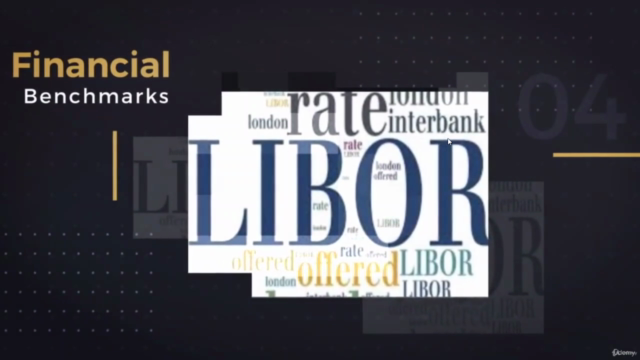Corporate investment management: from beginner to expert.
Learn how to apply various techniques to assess investment projects and value corporates.
4.56 (107 reviews)

1,022
students
16 hours
content
Nov 2020
last update
$74.99
regular price
What you will learn
You will learn the rol that financial managers play and the investment trade-offs they need to make.
You will learn how to use the net present value (NPV) rule to assess whether to invest in a project.
You will be able to estimate free cash flows (FCFs).
You will be able to calculate the weighted average cost of capital (WACC).
You will learn Markowitz' mean-variance portfolio approach, the capital asset pricing model (CAPM), the arbitrage pricing theory, the Fama and French (1992) three-factor model and the Carhart (1997) four-factor model to estimate beta and the cost of equity
You will learn what agency problems of equity are and how to solve them with.
You will learn what agency problems of debt (overinvestment and underinvestment problem) are and how to solve them.
You will learn investment analysis techniques like the present value index, the profitability index, the accounting rate of return, the internal rate of return, the payback period and the discounted payback period.
You will learn the economic value added (EVA) and market value added approach (MVA)
You will be able to value bonds and the theory of interest rates.
You will be able to estimate / predict interest rates when these are not readily available.
You will learn how to value companies using the comparable companies approach, the dividend discount model, and the discounted cash flow model.
You will learn the major theories on capital structures (i.e. trade-off theory, pecking-order theory, Jensen's FCF theory, and behavioral finance theories)
You will be able to assess the optimal amount of cash to maintain.
You will learn about financial benchmarks like Euribor, Eonia and €ster.
You will learn about private equity and buyout investments.
You will be able to value options using the Black & Scholes valuation model.
You will be able to use binomial models (real options analysis) to assess investment projects.
Screenshots




Related Topics
2774884
udemy ID
1/23/2020
course created date
3/3/2020
course indexed date
Bot
course submited by